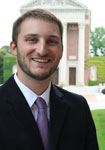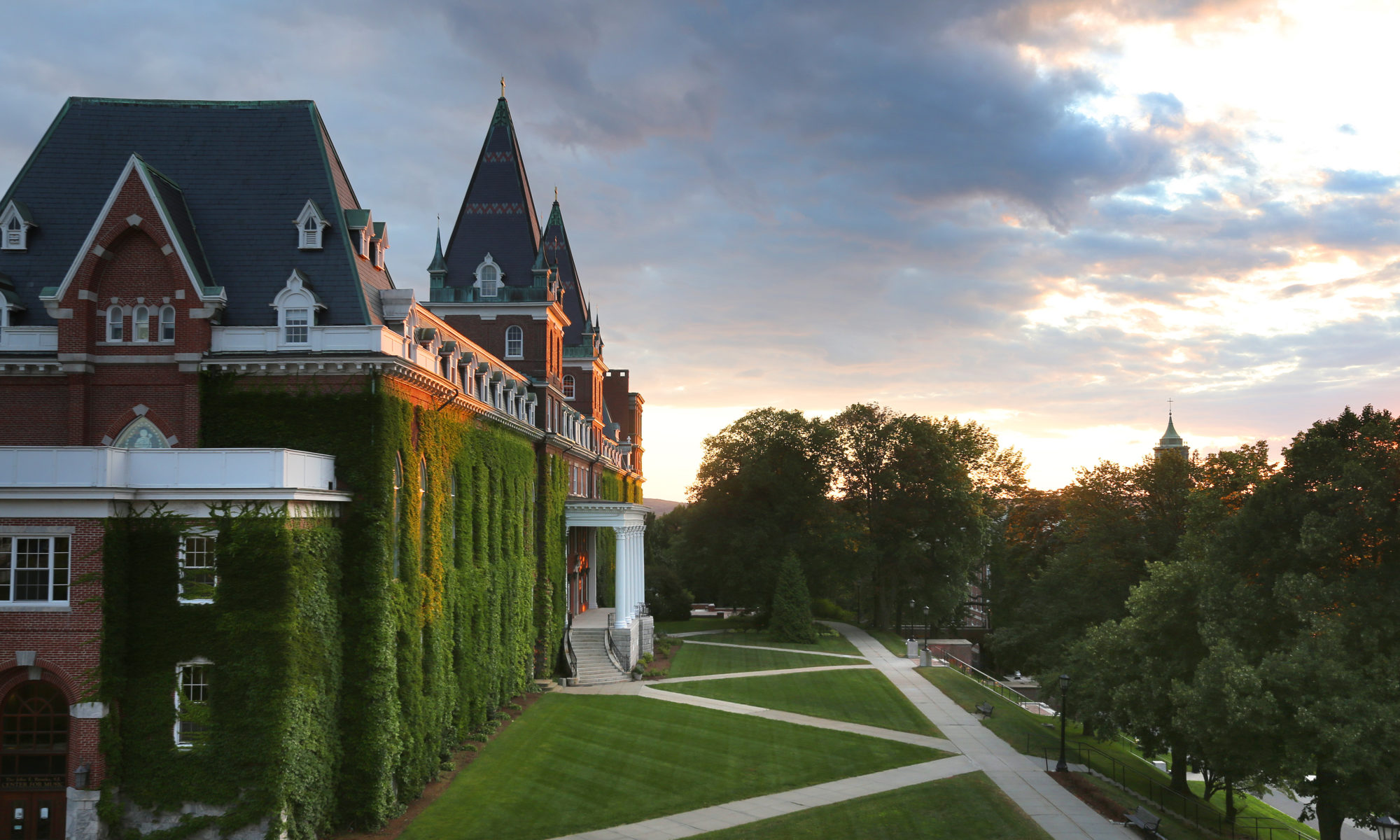 I admit it: I am a dork, a dweeb, a geek, a nerd. I am all of these things. I exhibit these dorky qualities every day during Committee, our seven and a half hours each day behind closed doors. I find a way to amuse myself when each new high school, hometown, or applicant’s name appears on the projector. I believe it is important to clear my thoughts and put myself in a positive mindset before viewing and discussing each applicant. I employ all of the following mental techniques in order to get myself excited to explore each and every applicant:
I admit it: I am a dork, a dweeb, a geek, a nerd. I am all of these things. I exhibit these dorky qualities every day during Committee, our seven and a half hours each day behind closed doors. I find a way to amuse myself when each new high school, hometown, or applicant’s name appears on the projector. I believe it is important to clear my thoughts and put myself in a positive mindset before viewing and discussing each applicant. I employ all of the following mental techniques in order to get myself excited to explore each and every applicant:
1. Create a rhyme using the applicant’s last name – i.e. “Daniel Weagle owns five beagles.”
2. Read the applicant’s name/school/hometown in an Irish brogue, French inflection, Southern drawl, robot voice or any other way that will cause me to smile (it’s really not too difficult to get me to smile).
3. Question whether an applicant is related to a celebrity with the same last name (one of my favorites).
4. Find a pun within a schools’ name – i.e. “What do you call a fantastic feline? A Magnificat!” (Thanks, Ohio, for your help.)
5. Start off each break with a new impression. Me doing Will Ferrell doing Harey Carey is the current crowd favorite.
I suspect that each Holy Cross counselor has his or her unique method of mentally preparing for the discussion of every applicant; my method just infuses a split second of silliness into the otherwise overwhelmingly serious process of selecting the Holy Cross class of 2018.
Daniel Weagle ’08
Assistant Director of Community Outreach


